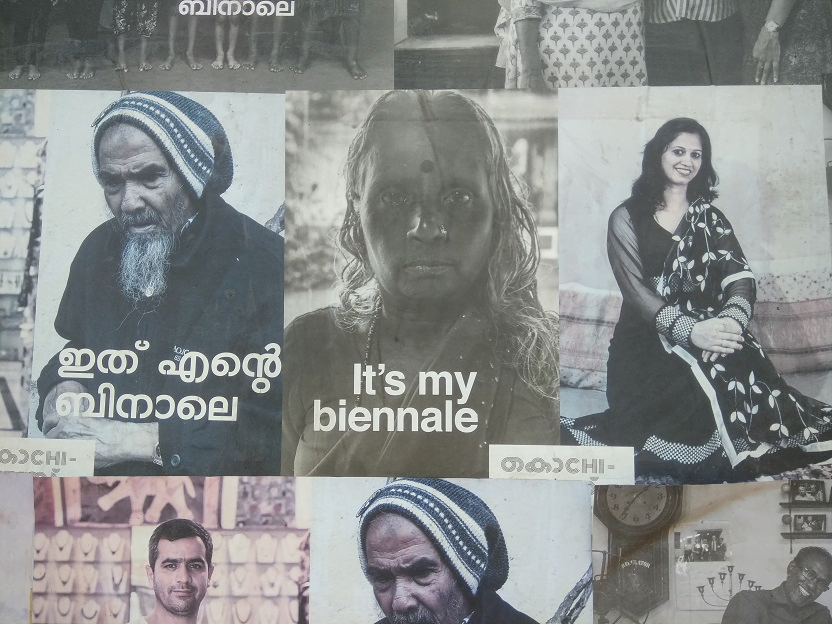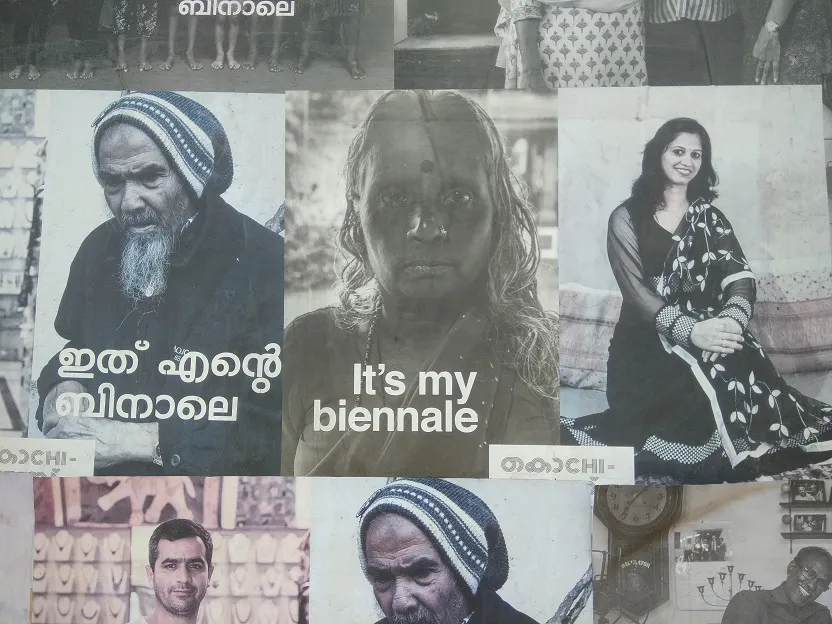
The fourth edition of the Kochi-Muziris Biennale features creative works by 95 artists in 10 locations around the heritage Fort Kochi district, as well as nine satellite venues. See Part Iand Part II of our photo essays, as well as our coverage of the Bangkok Biennale.
From politics to nature, the art works in this photo essay point a way to hope in their own creative manner. For example, some artists go beyond paints and sculptures to show how ropes (Mrinalini Mukherjee) and seashells (Julie Gough) can be used in installations.
Crushed dreams, the sorrow of conflict, and displacement after natural calamities leave deep scars on society (Rula Halawani, Srinagar Biennale, Chittoprasad Bhattachary). Social divides continue to thrive even after the end of the colonial era (BV Suresh). Rising corruption plagues emerging economies, holding back their right to progress. Reckless urban and rural development wreak havoc on habitat and nature.
It takes sensitisation and a demand for justice to dissect and tackle social-political problems. The artists in this photo essay go beyond images of doom and gloom to show that creative solutions can indeed be found, and in a sustainable manner. They raise awareness about the importance of human rights, dignity, identity, inclusion and expression (Zanelle Muholi; the Braille edition of the Biennale brochure).
“Success for an artist comes from the happiness of making a connect with the audience. It comes from sensitising them to the loss of others, and helping them be grateful for what they have,” said painter-photographer Manisha Gera Baswani, in a chat with YourStory.
Her exhibit, titled Postcards from Home, features photographs of Indian and Pakistani artists whose parents moved across the border during partition. Those who have overcome their sense of loss and displacement in a dignified manner are a source of inspiration for the next generation, she explains.
She advises aspiring artists to listen to their heart, and have faith that the impact of their work will eventually emerge. This is particularly important in a time of international tension and domestic conflict, Manisha urges.
Now, what have you done today to pause and take stock of the world around us, and do your bit to create a better place for us all?
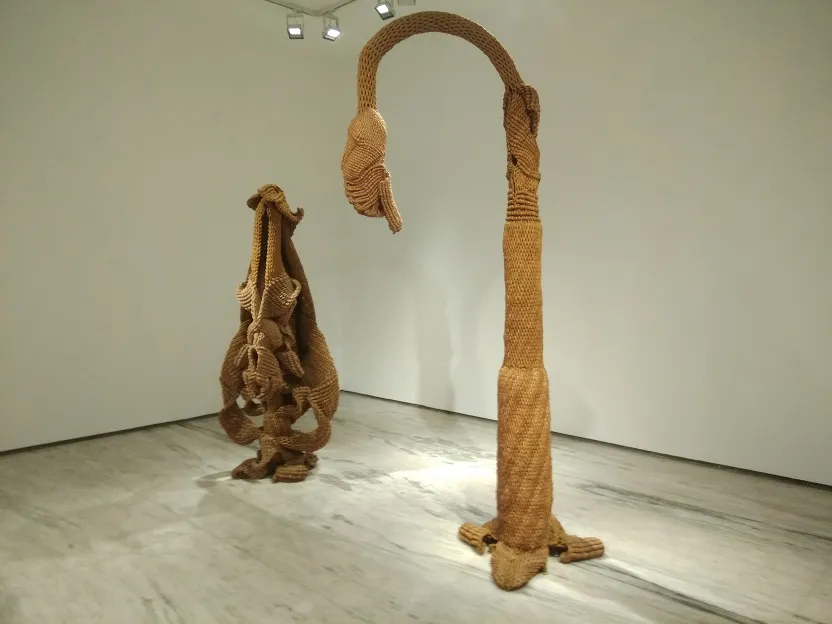
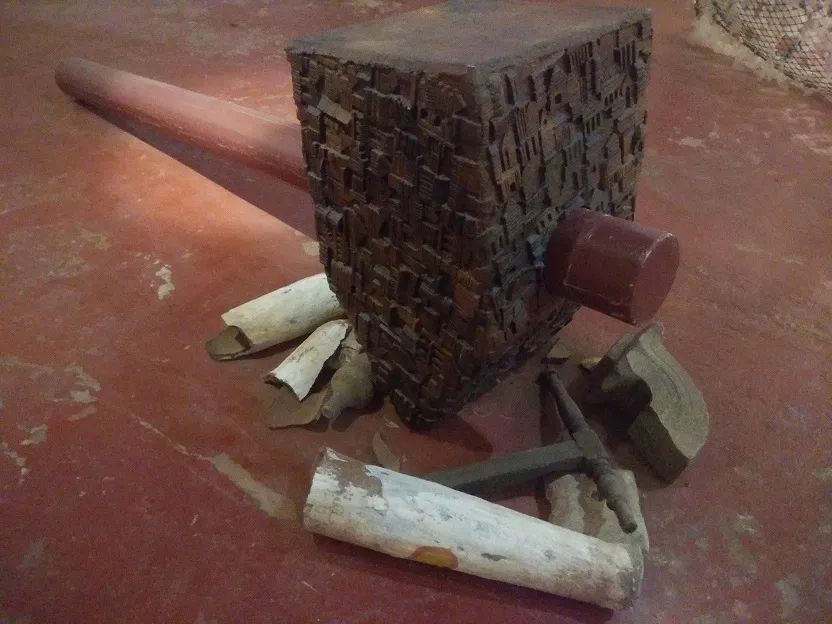
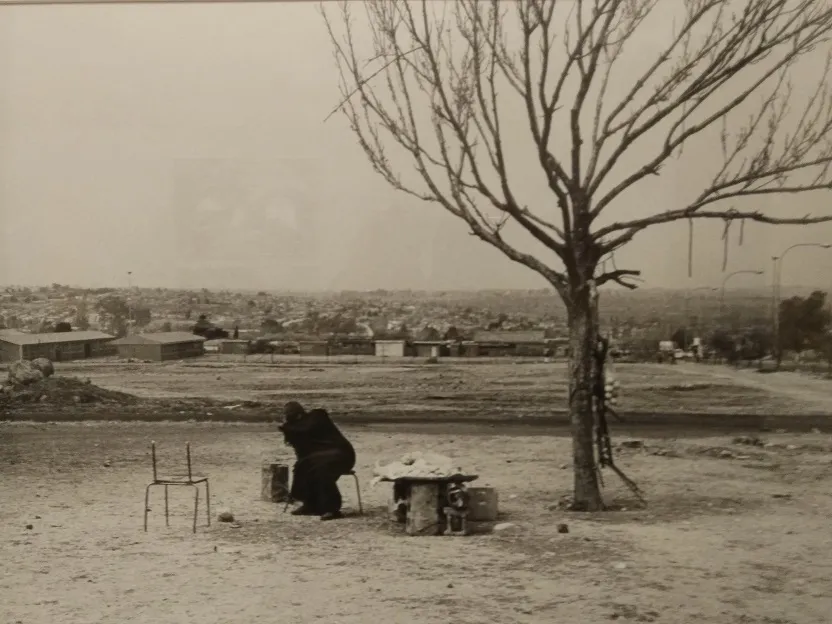
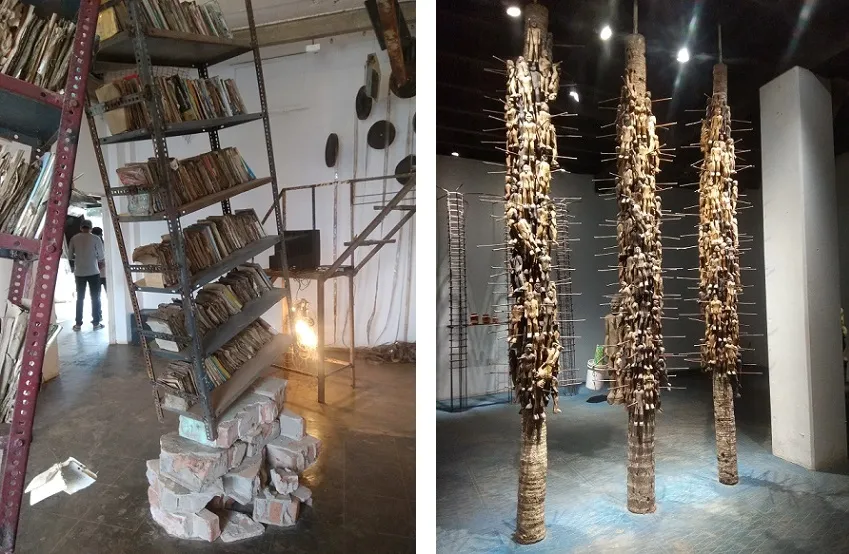
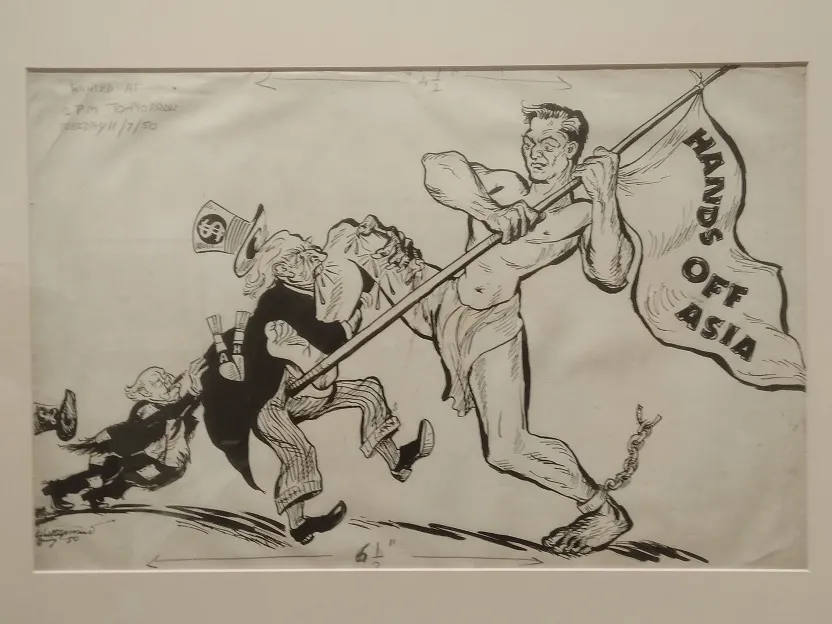
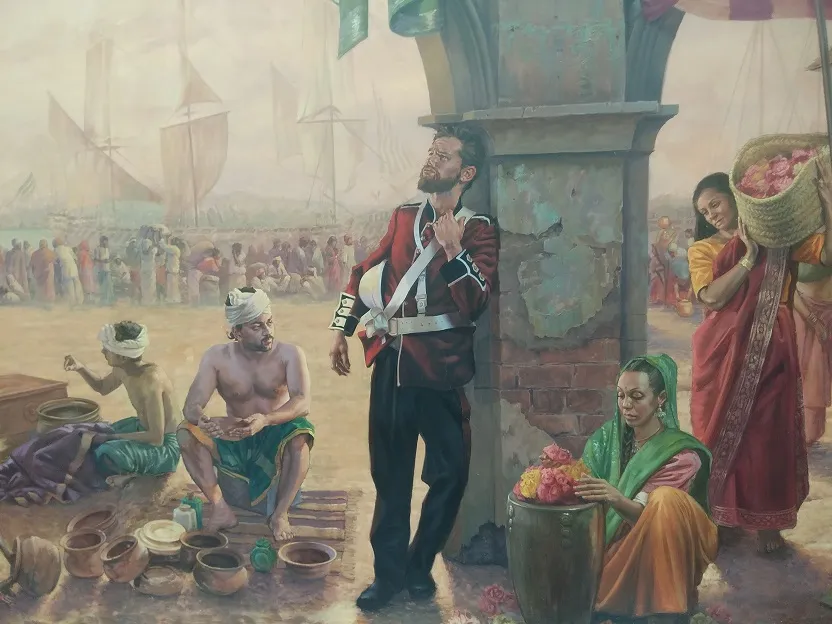
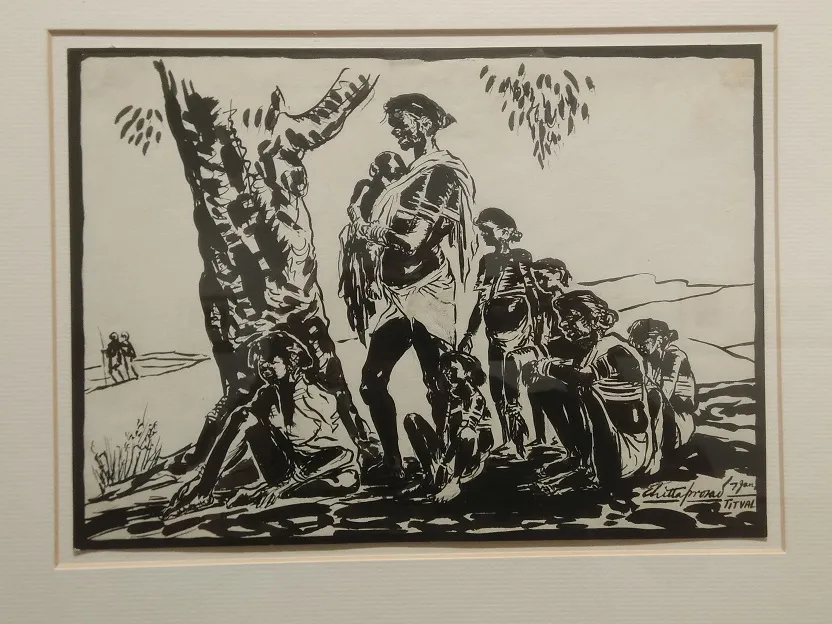
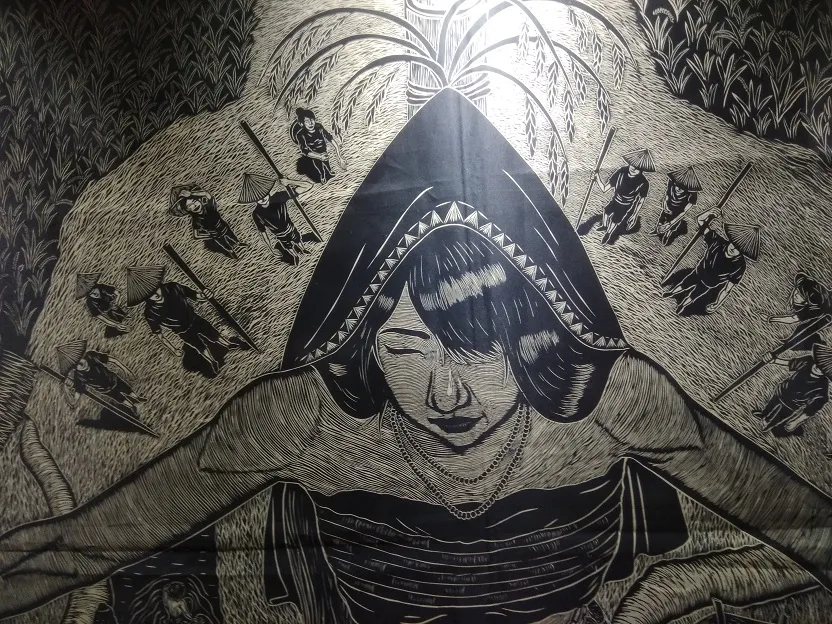
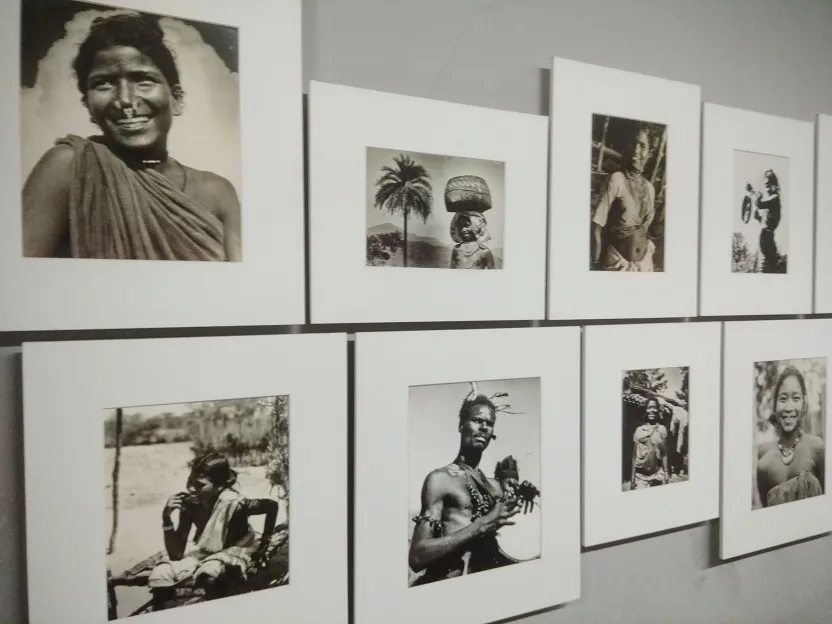
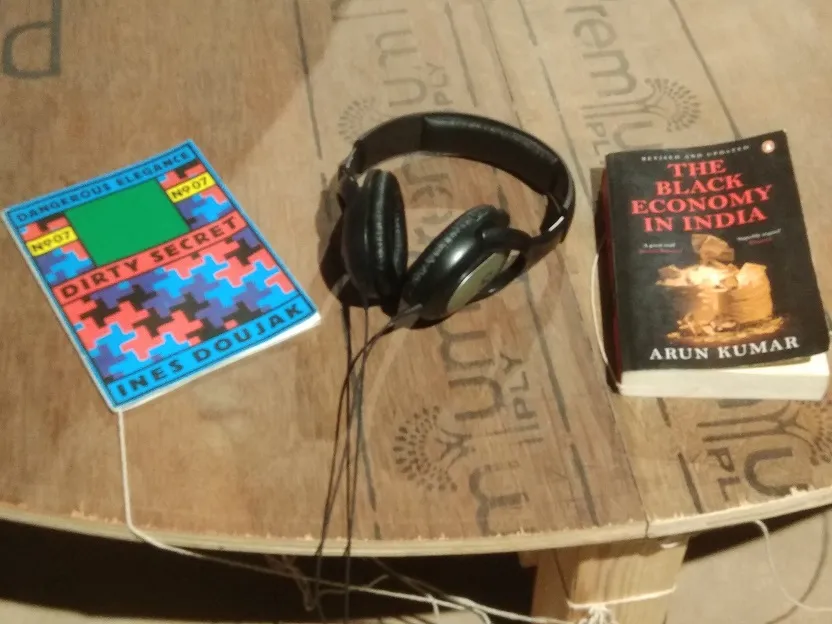
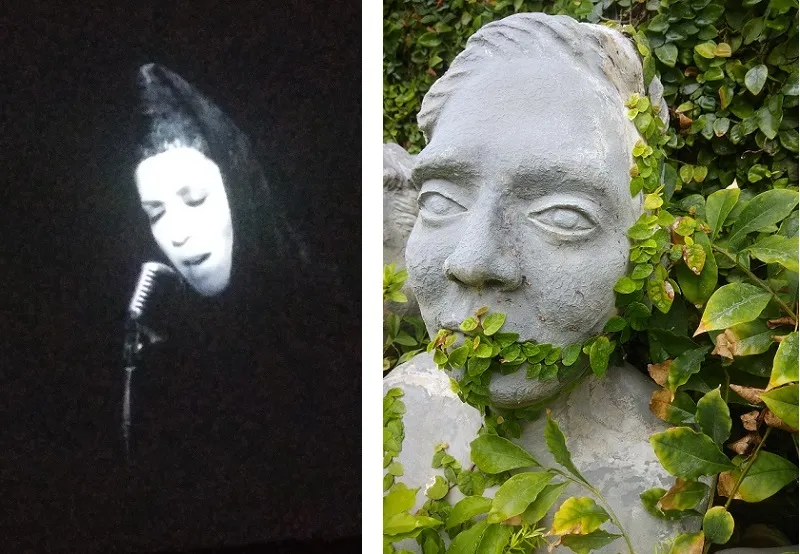
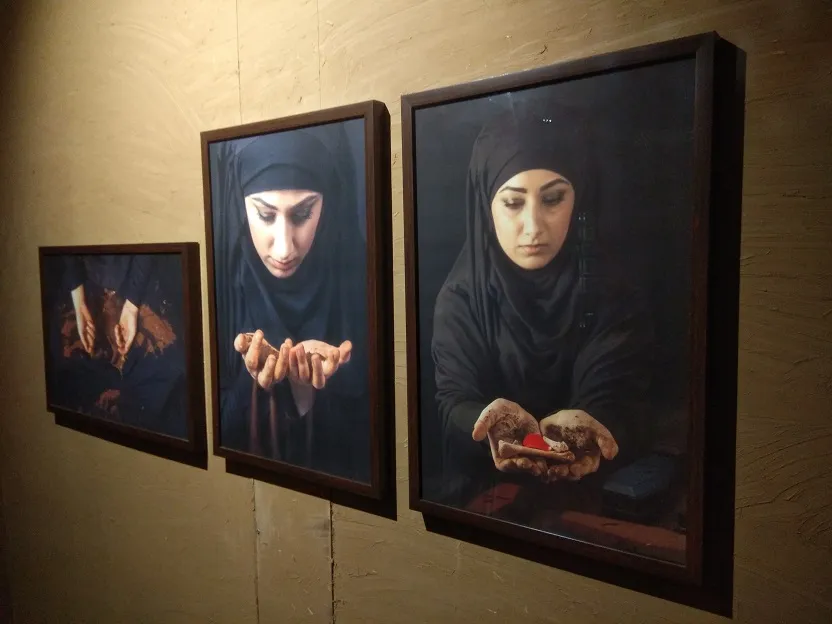
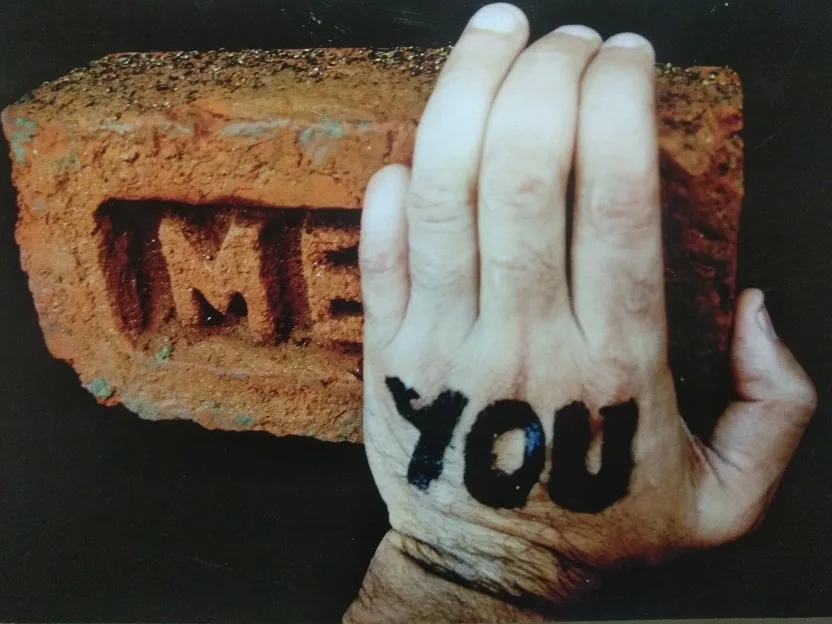
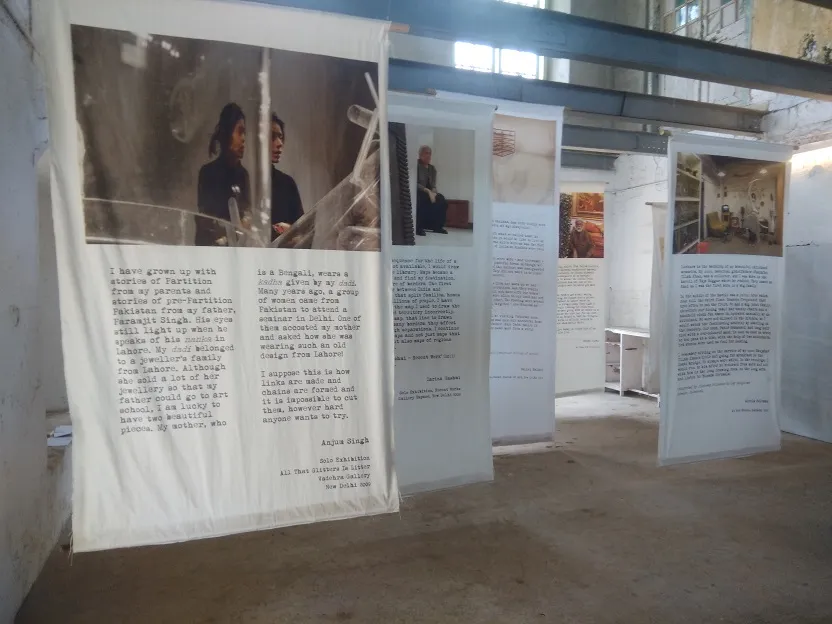
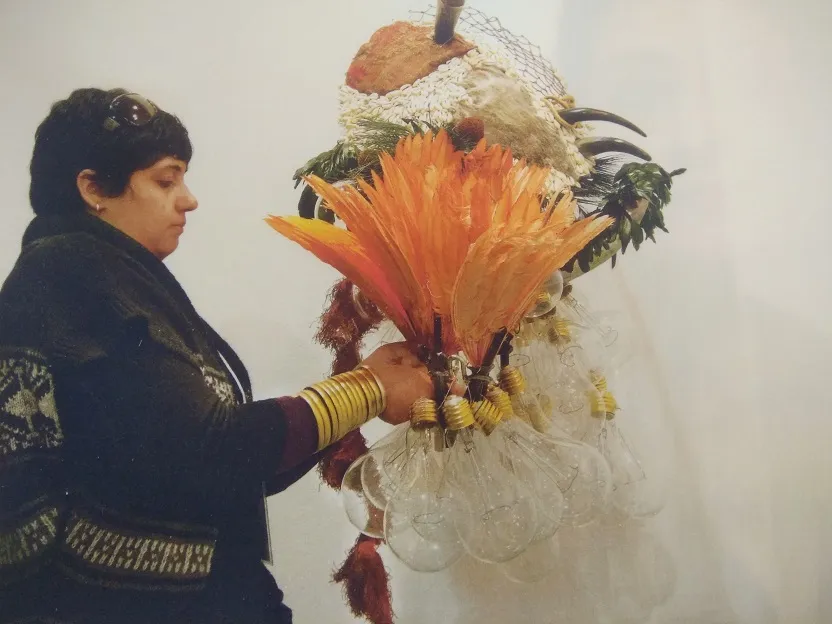
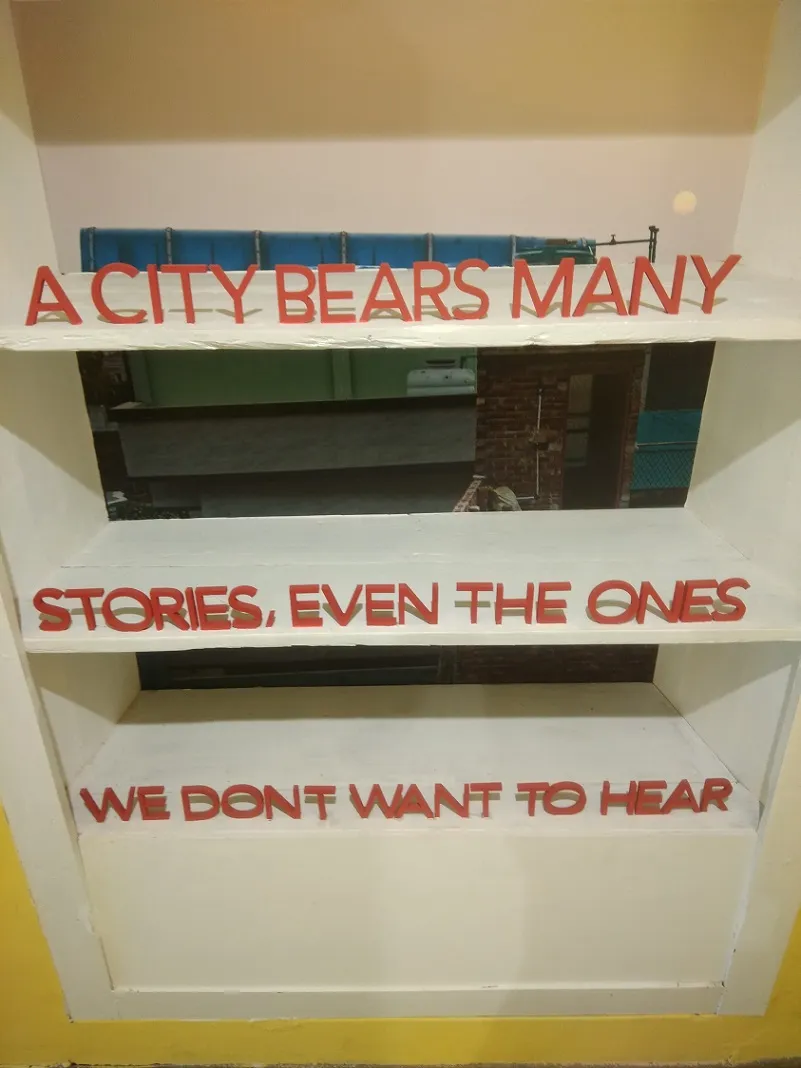
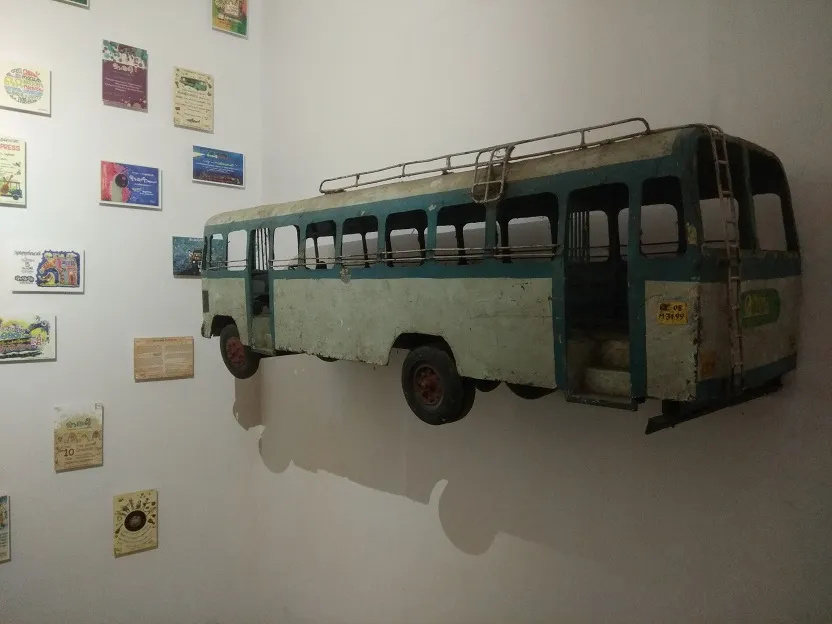
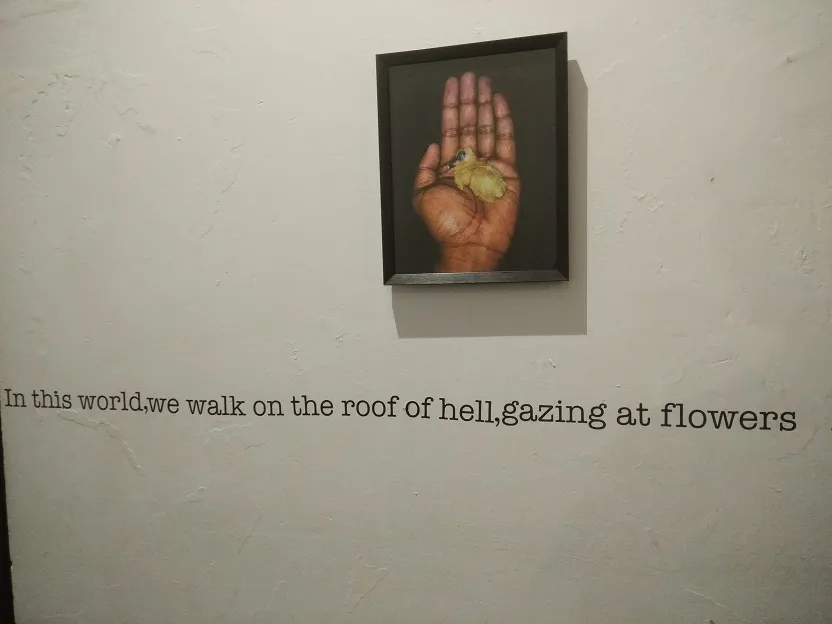
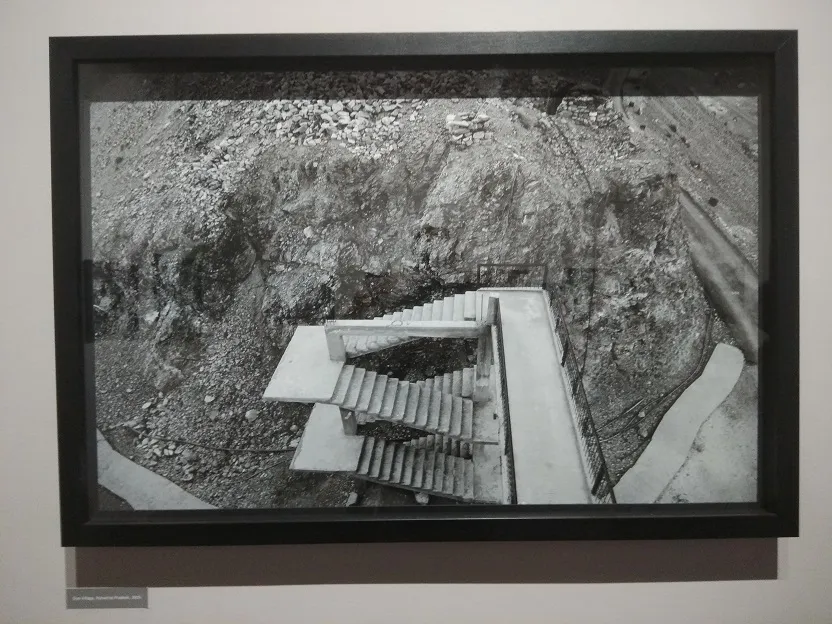
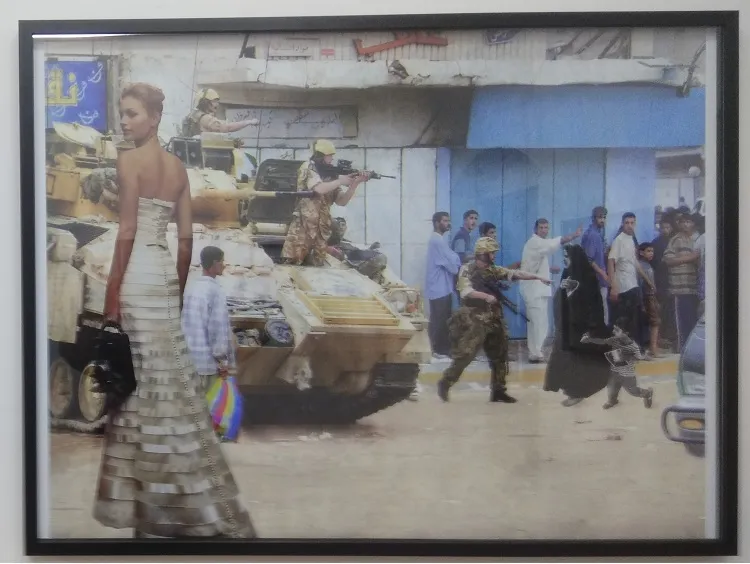
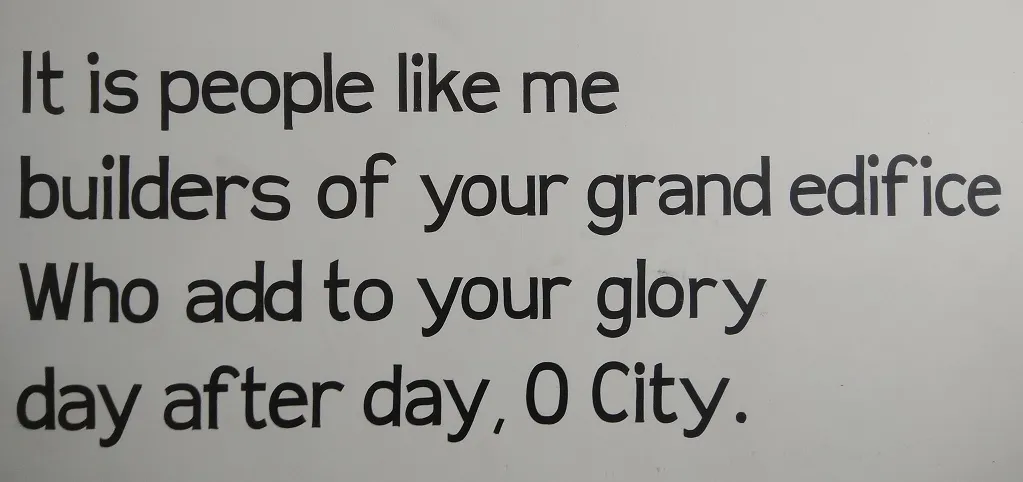

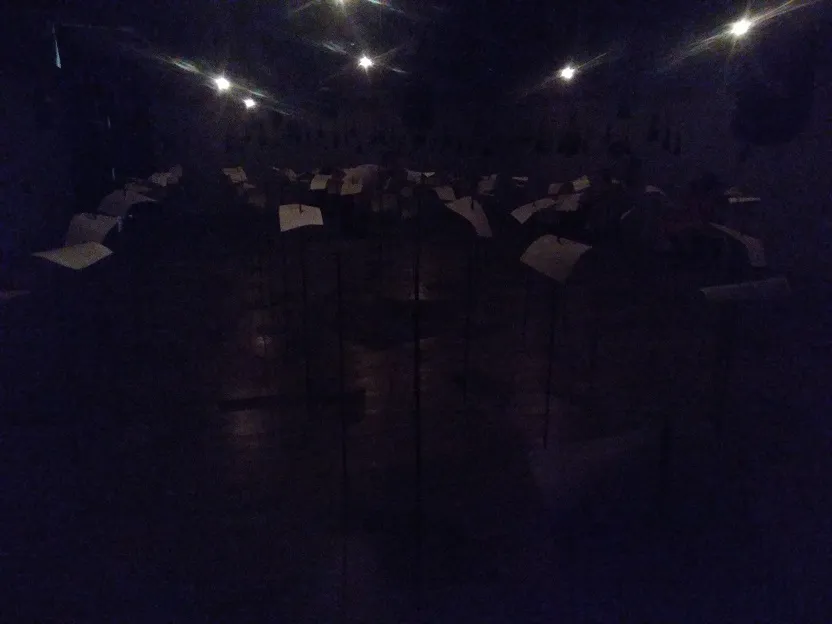
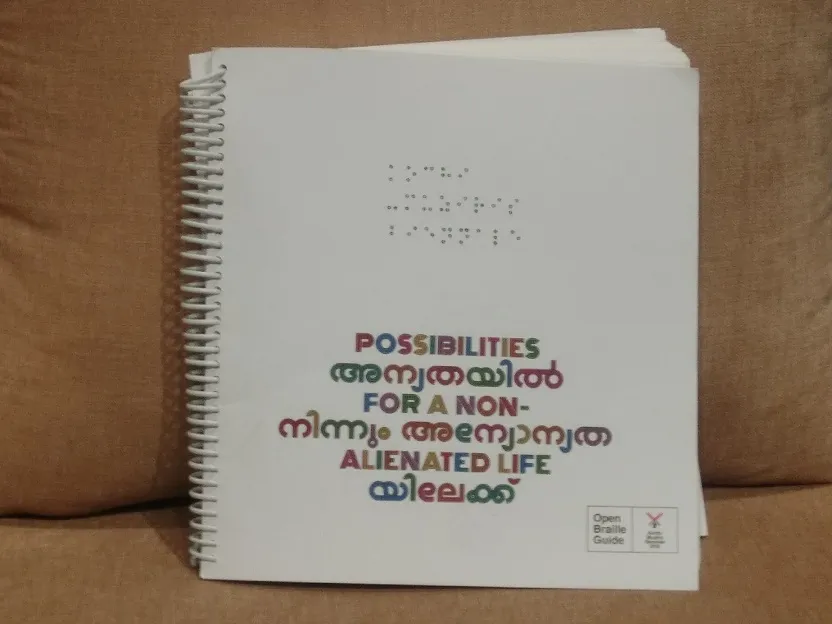
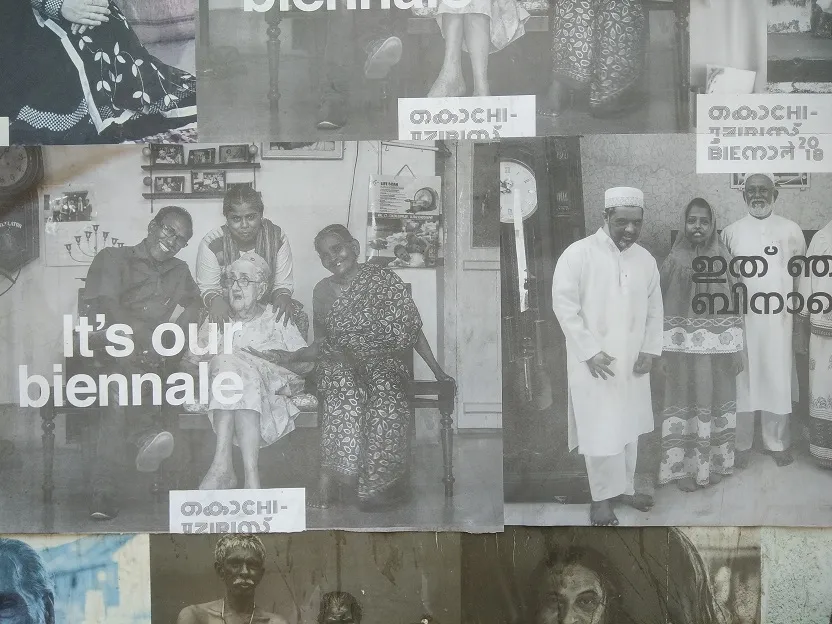
[“source=yourstory”]





